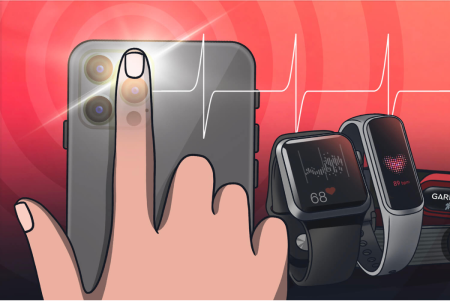
The 12 Common Mistakes When Measuring Heart Rate Variability
Be sure that you are not making these common mistakes when measuring your heart rate variability (HRV) – so you get the most out of your HRV measurements.
Home » Heart Rate Variability » Rules for accurate HRV measurements
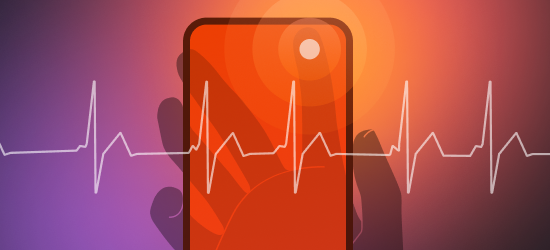
Our heart does not beat evenly. For example, if your heart rate is 60 beats per minute, it won’t beat every second on the dot. Instead, the intervals will go something like this: 1.17 s., 0.88 s., 1.05s., etc. These differences in time intervals are what Welltory measures.
Measuring and analyzing HRV is a non-invasive way to assess the state of your nervous system, physiological stress levels, risk of getting sick, and more.
Your regulatory systems are sending signals to your heart continuously, as a response, to changes in your environment. These signals modify the heartbeat, playing a constant tug-of-war by telling it to speed up or slow down. This tug-of-war makes your heartbeat vary, which is why analyzing variability can reveal which systems are active and how hard they’re working.
In other words, analyzing variability is a way to check in with your body to see what’s going on and what you can do to make it run better.
The validity and reliability of our method of measuring HRV in elite athletes were scientifically proved. We’ve also published research on our HRV signal processing and quality assessment method, presenting our findings at the 41st International Engineering in Medicine and Biology Conference in Berlin.
The app clarifies what the results mean for you personally by taking your genetic factors, your past measurements, and other health data into account.
Welltory is your AI coach. Every day you will receive short baby steps and advice on what to do according to your data. We know how hard and sensitive health topics can be and we are here to help and support.
Gadgets like smartphones or heart rate monitors are highly sensitive during measurements. So if you want accurate measurements, follow our simple rules.
With most phones, you need to put the very tip of your finger over the flash, so that you can adjust your position if the area gets too hot. Different phones have different cameras and flash configurations, but here’s what works for each type of phone.
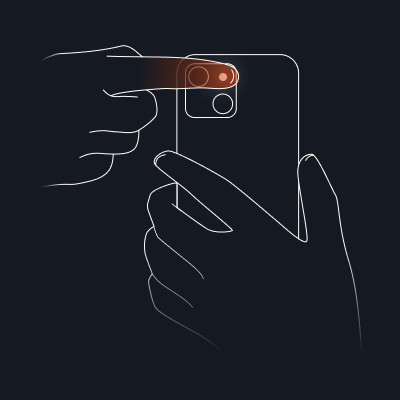
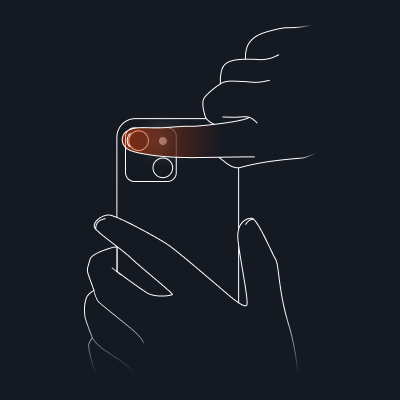
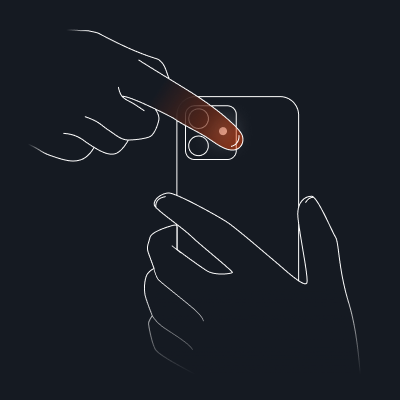
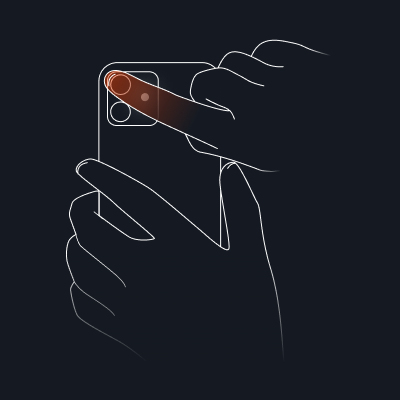
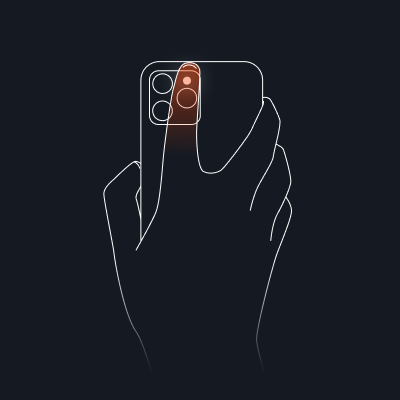
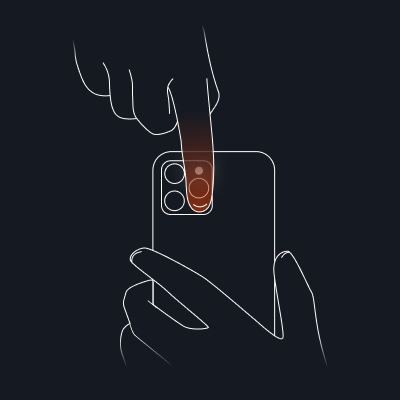
If you’re using an HRM sensor, you don’t have to cover your phone’s flash during the measurement.
IMPORTANT: The HRM sensors on some Samsung phones are not accurate enough for measurements. If you’re using a Galaxy Note 4, Galaxy Note 5, Galaxy S5 Neo, Galaxy S6, Galaxy S6 Edge, or Galaxy S6 Edge+, please use the camera and flash instead of the HRM sensor.
The camera records changes in color to track blood flowing in and out of your finger. Moving it around can interrupt the analysis. If the flash burns, try covering half of the area instead, or hold your finger 2-3 mm away from the flash.


You can sit up or lie down, but always keep your back straight and stick to the same position for all of your measurements.
If you just ran down the hallway or carried something heavy up the stairs, wait 3-5 minutes before measuring. Irregular breathing and heart rate will affect the accuracy of your results.
Talking or moving can disrupt your breathing, which in its turn affects the activity of your autonomic nervous system — the body’s regulatory center that modifies your heartbeat in response to changes in your environment or behavior. Just like talking and moving, trying to control your breathing will affect your heartbeat and can consequently mess with your results.
Keep track of the measurement quality hints on the top of the screen for accurate and reliable measurements.
If no hints appear on your screen, you’re doing well. If something is wrong, we’ll tell you what you need to do. You may be moving around too much, pressing the finger too hard onto the camera or holding it too far away from it, etc. Follow the instructions until the hint disappears.
We analyze all of your measurements to give you an accuracy score along with your results. The score number will be shown above your evaluations.
If you see an accuracy score of less than 95%, it’s best to take another measurement.
Measurements with an accuracy score of less than 30% aren’t worth analyzing and will be withdrawn automatically.
You can also read our article about common mistakes that you can avoid during measurements.
Welltory Team, 09 Mar. 2022

Be sure that you are not making these common mistakes when measuring your heart rate variability (HRV) – so you get the most out of your HRV measurements.

Learn everything you need to know about what are Heart Rate Zones and how to calculate your personal training heart rate zones with Welltory.
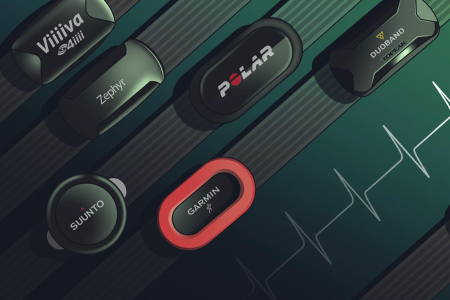
Measure heart rate variability with the best HRV Monitors Compatible With Welltory

A clear explanation of heart rate variability, what it is, and how to use it. What does heart rate variability tell you and how to understand it in simple words.

The Ultimate HRV guide about what Heart Rate Variability is and how to implement HRV in daily life with Welltory
Find out how heart rate variability measurements are taken with smartphone cameras and heart rate monitors.
 App Store
App Store
 Google Play
Google Play
 Huawei AppGallery
Huawei AppGallery
 Galaxy Store
Galaxy Store







